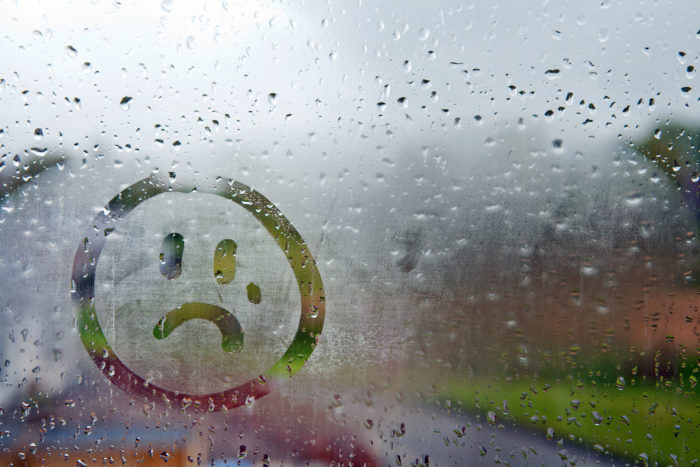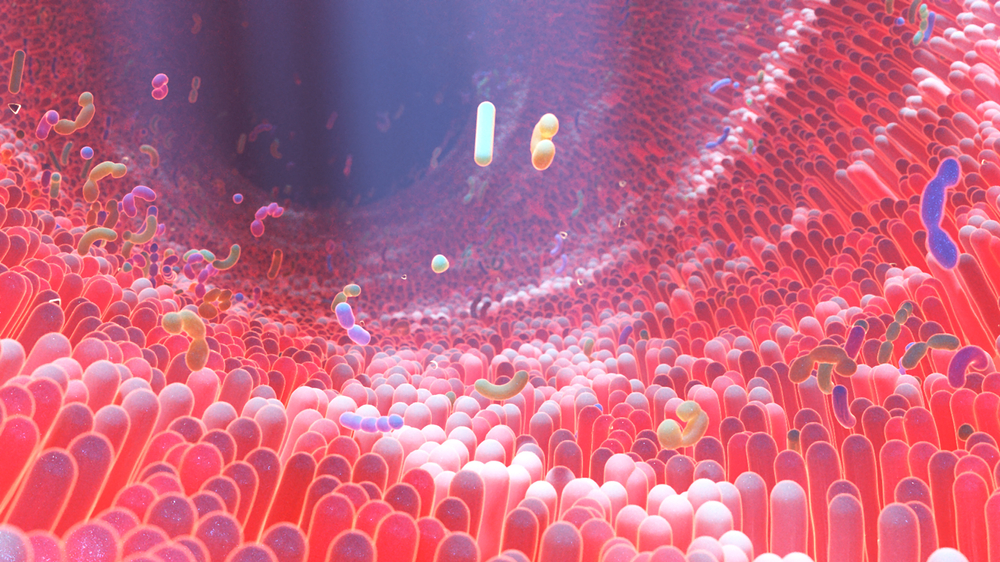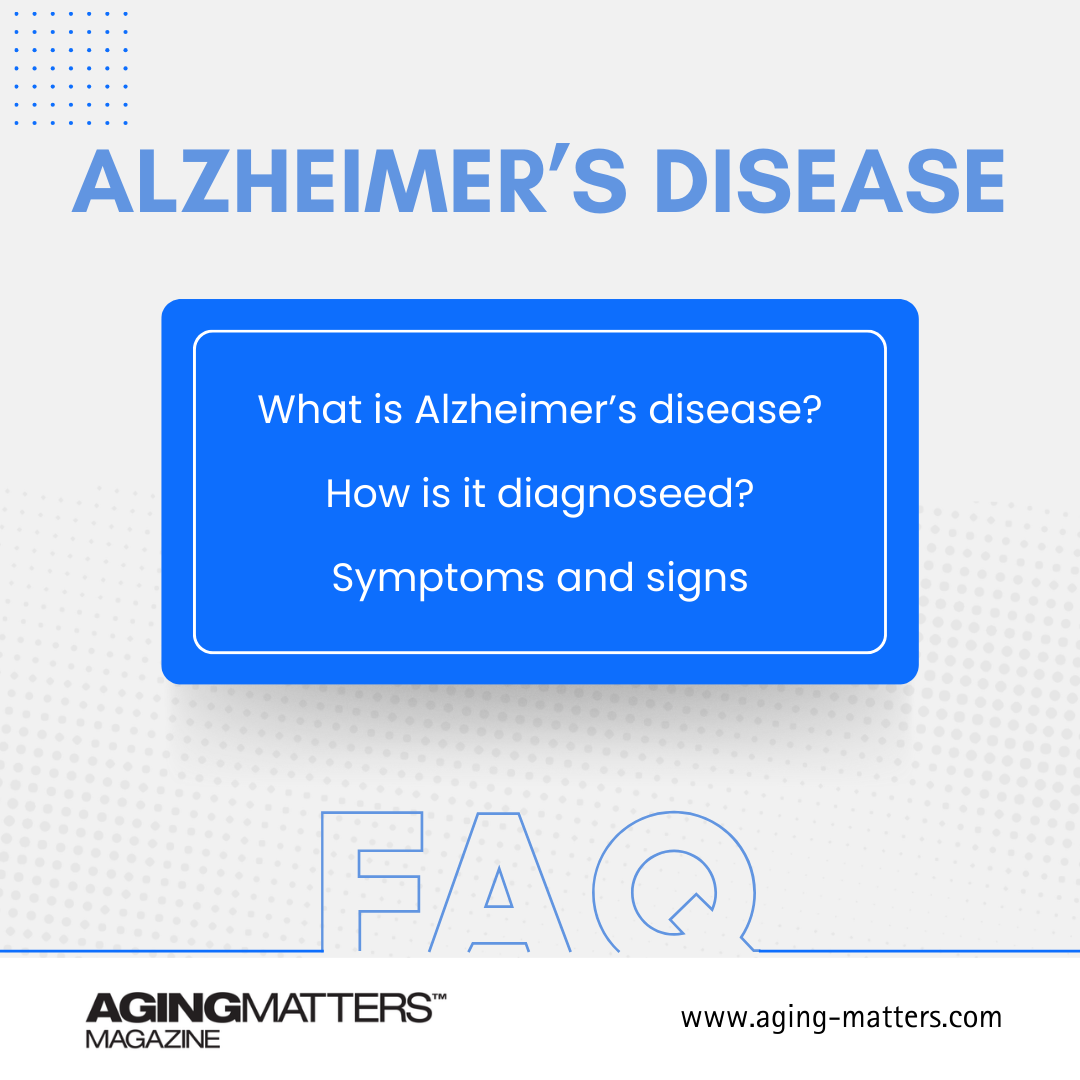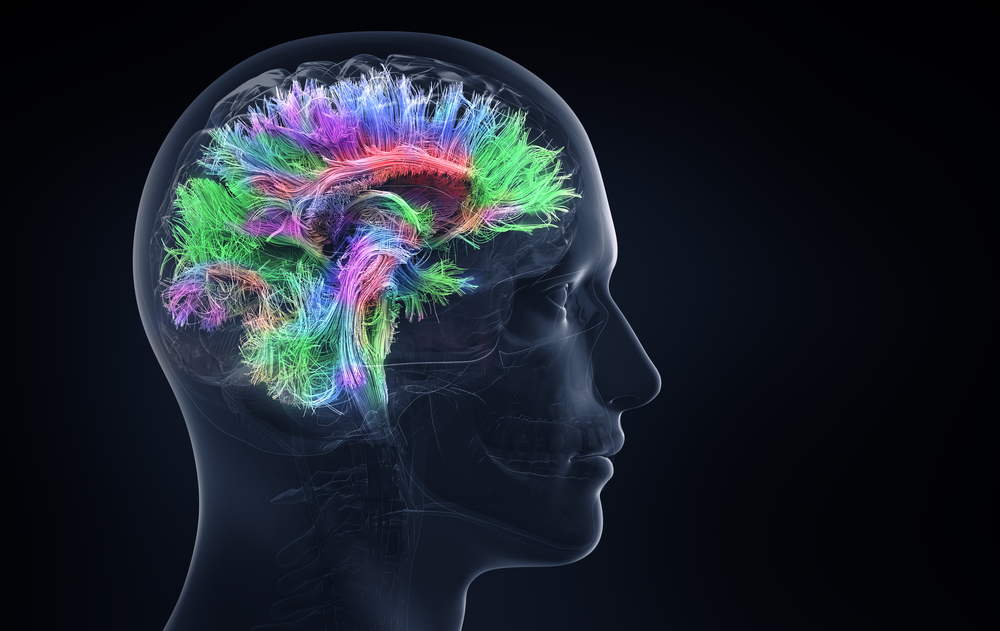
Try not to be SAD
February 15th, 2021SAD (Seasonal Affective Disorder) was named, described and documented by Norman Rosenthal of the National Institute of Mental Health in 1984. People often refer to his book ‘Winter Blues’ for research purposes. SAD is a seasonal form of depression, it has a seasonal behavioural pattern. Like other forms of depression, it can make you feel like you are living under a black cloud.
According to the World Health Organization, currently, 264 million people suffer from depression. That includes documented cases, there will be plenty more people out there who don’t seek help – the silent sufferers. Depression is the leading cause of disability worldwide with over 800,000 suicides last year. It is the second leading cause of death for 15-29-year-olds. HSE.gov.uk states that 828,000 workers in 2019/2020 had reported time off due to depression, stress and anxiety and 17.9 million working days were lost.
SAD is a mood-changing disorder that can affect adults and children
In the USA, studies revealed that SAD sufferers makeup 1.4% of the population in Florida and 9.9% in Alaska, proving that weather affects people’s state of mind. The average autumn temperatures range from a high of 72.7 degrees Fahrenheit (22.6 degrees Celsius) in Florida to a low of 26.7 °F (-2.9 °C) in Alaska.
For most SAD sufferers their symptoms begin in autumn and improve when spring arrives, however, there are cases of people who are affected through other seasons too.
How would you feel if you suffered from SAD?
Most people’s moods are affected by the weather to some degree, the thought of going outside into the pouring rain is enough to annoy the happiest of people. But when the days get shorter and night longer most SAD sufferers start to experience more intense negative feelings. A strong feeling that you want to withdraw from the world and start to show a display of depressive behaviour including some of the following:
- Low moods lasting for long periods
- A lack of energy
- Lack of interest in things
- Ongoing self-conflict
- Difficulty to concentrate
- Struggle to stick to a routine
- Be indecisive
- Feel in a sluggish or agitated state
- Feel hopeless or worthless
- Cry at the tiniest thing
- Have no passion to do things
- Have thoughts of suicide
- Gain weight
- Experience problems with sleeping
Whilst those symptoms can be linked to many disorders, the difference is, they are season-related.
What causes someone to suffer from SAD?
Doctors still don’t know the exact cause of the disorder. They know that it relates to how your body reacts to daylight, light stimulates a part of the brain called the hypothalamus and a lack of light can prevent that area of the brain working properly.
The brain contains a chemical called serotonin which plays an important role in mood, appetite and sleep. Sometimes there are abnormally low levels of serotonin in the brain in winter which in turn can cause mood changes.
Too much of the hormone melatonin in the brain can cause an irresistible urge to sleep or be sluggish.
Living with SAD
SAD can make personality traits change and reduce a person’s productivity at work so it shouldn’t be ignored. A common treatment for SAD is phototherapy which is a form of light therapy and medication can be prescribed too.
If you are suffering from the disorder, the best thing you can do is be prepared and know your symptoms. No matter what form of depression you have, there is a temptation to ‘hibernate’, become housebound and be antisocial. Isolation isn’t good for you and it has become very evident since the two lockdowns we have experienced due to the Coronavirus pandemic, sadly suicide rates have gone up. Mixing with people is very important for mental health and that has been difficult to do since March of this year.
Fight SAD by having a battle plan and embracing autumn and winter, here’s how you can do it…
- Plan activities you can do that time of year
- Take a winter holiday
- Make the most of natural light
- Have an exercise plan
- Create upbeat music playlists
- Make your home comfortable, somewhere inviting where you want to be
- Use the dark evenings productively – tidy drawers, do filing, take unwanted clothes to a charity shop, have a clear-out and see what you could sell online
- Make your bed every day and keep your living space bright and tidy
- Using a ‘lightbox’ is an effective way to deal with the symptoms of SAD. The bright light encourages the body to make certain chemicals and hormones to boost your mood. A proper SAD light is specifically designed for the purpose – it’s bright enough to replicate natural sunlight with no UVs (ultraviolet). It is recommended to do 30 minutes a day but not after 5 pm and it should make a difference to moods after one to two weeks
- Use a dawn simulation clock which mimics a normal sunrise
- Medication can be prescribed such as Selective Serotonin Reuptake Inhibitors (SSRIs)
- Try CBT (Cognitive Behavioural Therapy) it is a talking therapy that can change the way you think. It can change the way you look at the world and other people. How you feel about your thoughts, how you behave to your thoughts and feelings
- Cook healthy meals because our mental health can be affected by what we eat. Try to eat more fatty fish, nuts, avocados, eggs, red meats or mushrooms
- Don’t drink too much alcohol, give up smoking and recreational drugs
- Do regular exercise and drink more water
- Be kind to yourself and take pride in your appearance
- Socialize
- Sit by a window when you are at work to maximise your exposure to daylight
- We recommend taking vitamin D, it’s specially designed to boost your vitamin D levels, D3 Pro 2 and D3 5000 plays a key role in maintaining overall health and wellbeing by supplementing the body’s natural resources. Vitamin D supplements are particularly beneficial as we age because our body cannot easily produce vitamin D naturally through diet and sunlight. :http://bit.ly/VitaminD3Info
It’s important to remember that no winter lasts forever, look for inspiration and we have some great quotes to share with you.
“Nothing is impossible, even the word itself say ‘I’m possible!’’ –Audrey Hepburn
“With every new day comes new strength and new thoughts” –Eleanor Roosevelt
“The best preparation for tomorrow is doing your best today” –H. Jackson Brown, Jr. “It is during our darkest moments that we must focus to see the light” –Aristotle








